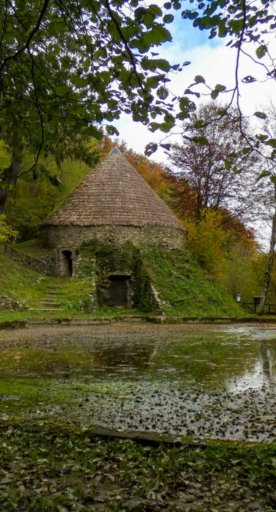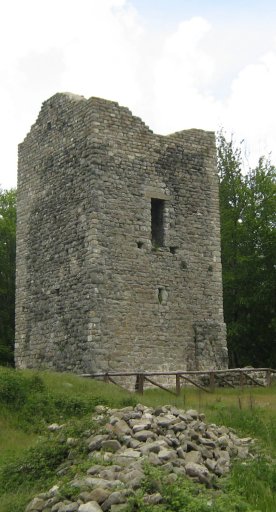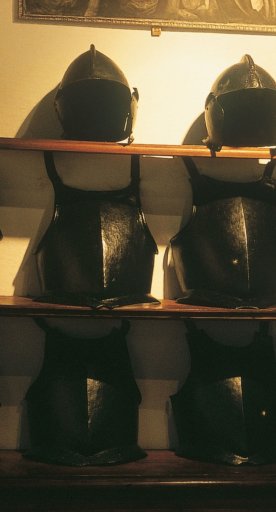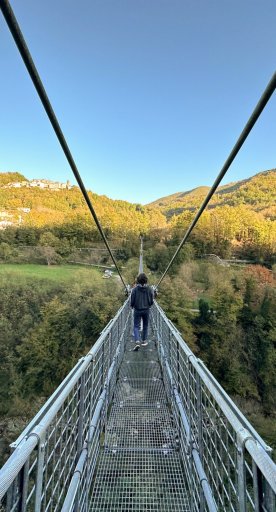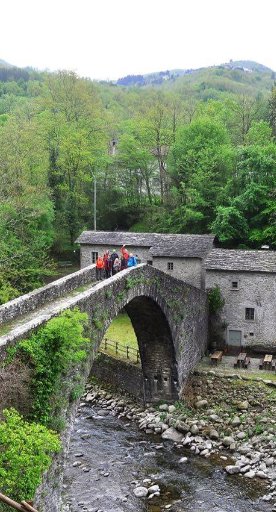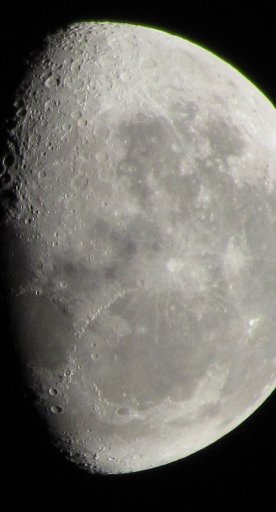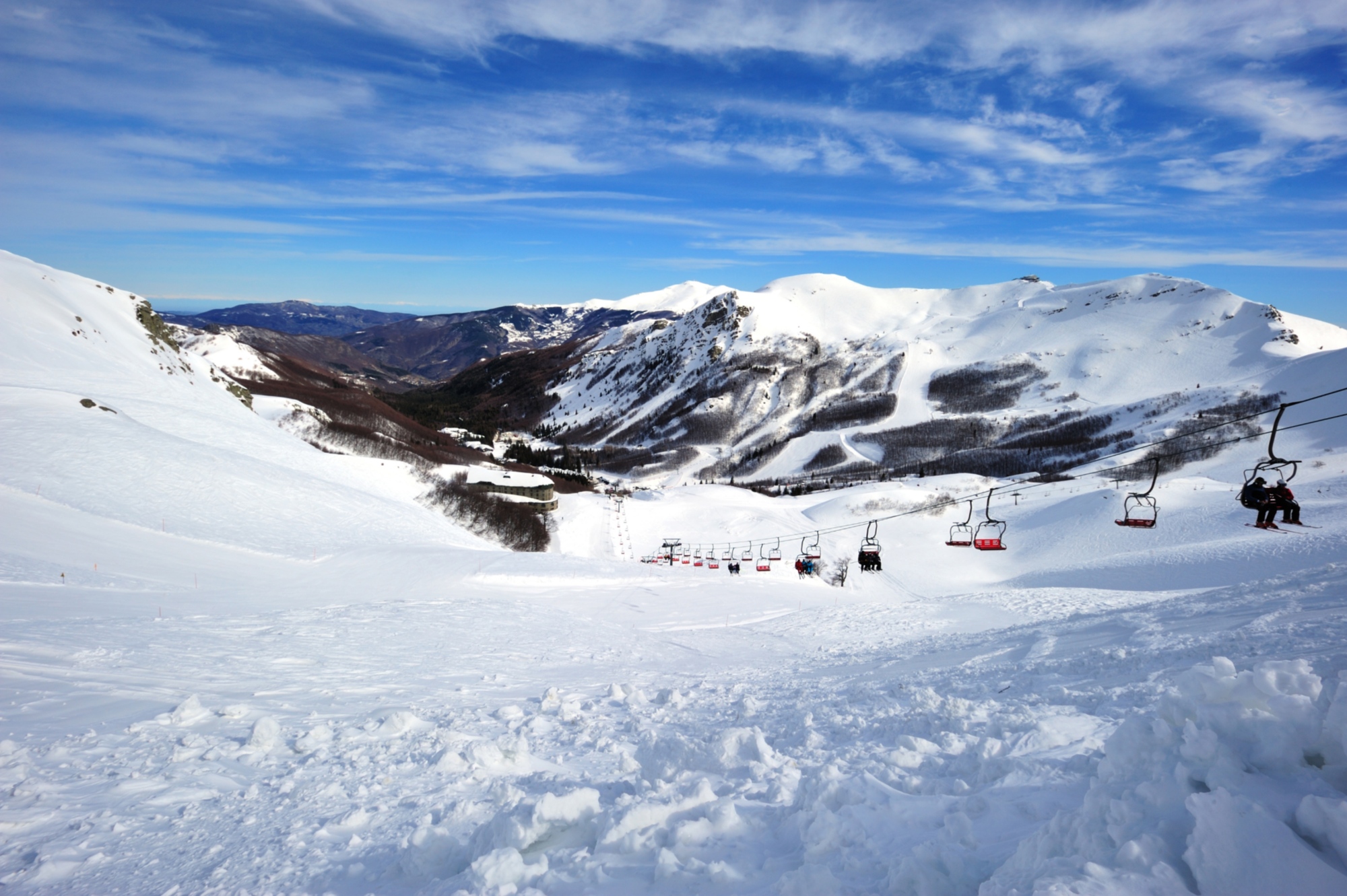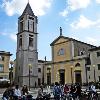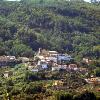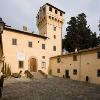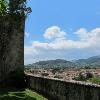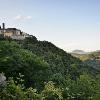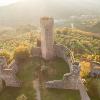Some of the most interesting itineraries of the Pistoia Mountains Ecomuseum pass through this area, allowing you to discover the culture, nature and rich traditions of the Apennines.
There are many places to explore, each with their own unique characteristics and history. Among these is Popiglio, the extraordinary parish church of Santa Maria Assunta, the Diocesan Museum of Sacred Art and its towers, the remains of a historic medieval fortress.
Mammiano is where one of the main attractions of the area is located: the Ferriere suspension bridge, a pedestrian walkway that connects Mammiano Basso and Popiglio, built with structures that rest on four steel cables. It's 227 meters long and up until 2006, held the title of the longest pedestrian suspension bridge in the world.
In Gavinana, you can admire the Parish Church of Santa Maria Assunta, with its incredible organ. In Maresca, you can visit the Papini ironworks, one of the oldest ironworks in Tuscany, and in Campo Tizzoro you'll find the SMI Museum and Refuges in Campo Tizzoro with its intriguing underground shelters.
Pian de 'Termini, 3km from Gavinana, grants you a panoramic viewpoint over the valley featuring the Limestre stream and the Apennine chain. Here, you can find the Pistoia Mountains Astronomical Observatory and the Parco delle Stelle, an educational scientific garden with large artistic installations that explore our Solar System.
Immersed in the territory of the municipality, the Oasi Dynamo di Limestre, affiliated to the WWF, extends for about 900 hectares. Here, conservation, management and enjoyment of the environment as well as social activism develop and coexist.



